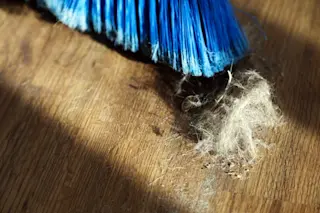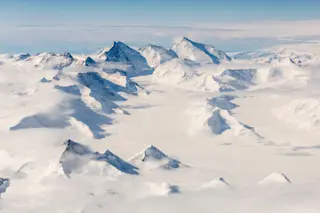1. Dust is universal: It’s dry, powdery soil or any other material made up of tiny particles, whether that’s in a pile under your bed or the plume of a volcano.
2. Many mammals and birds take dust baths as part of their grooming routines or social rituals.
3. Chickens dust-bathe so devotedly that caged hens sometimes act out “sham” baths on the floors of their cages, without any dust.
4. Humans, on the other hand, go to great lengths to keep dust away. One of the first motorized vacuum cleaners, patented by English engineer Hubert Cecil Booth in 1901, was nicknamed “Puffing Billy” after a famous steam locomotive. Huge, horse-drawn and powered by gasoline, it had to be parked outside, and its hoses were deployed through doors and windows to clean establishments such as Westminster Abbey.
5. And no wonder we try so hard. When Dutch naturalist Antonie van ...














